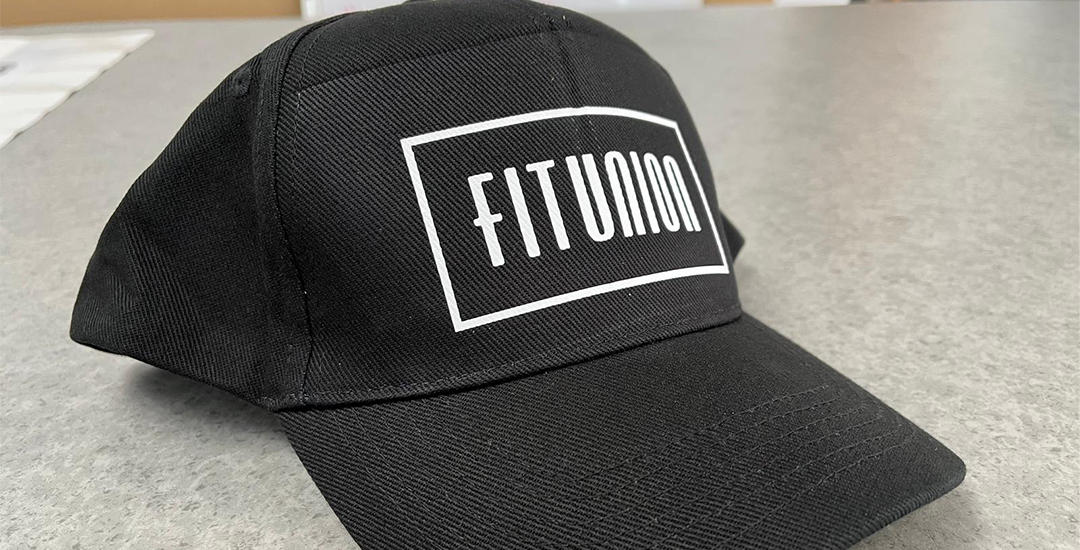Caring for Your Personalised Workwear: Tips for Longevity
Investing in high-quality personalised workwear is an excellent way to enhance your brand image and ensure your team looks professional. However, to keep your workwear looking sharp and vibrant, proper care and maintenance are essential. In this blog post, we’ll share practical tips on how to care for your personalised workwear to extend its lifespan and maintain its appearance.
Table of Contents
Follow the Manufacturer’s Care Instructions
Every workwear garment comes with a set of care instructions from the manufacturer, which should be your primary guide. Different fabrics, printing methods, and embroidery types require specific care to ensure they remain in top condition. Always check the labels on your workwear for guidance on washing temperatures, drying methods, and ironing.
- Embroidery: Embroidered logos are durable, but to prevent the threads from fraying, turn the garment inside out before washing and avoid excessive heat during drying.
- Printed Garments: For screen-printed or heat-transferred logos, wash garments inside out in cold water to prevent the print from fading or cracking. Avoid using fabric softeners, as they can break down the ink and adhesives used in printing.
Washing Tips for Personalised Workwear
Proper washing is key to preserving the colour, fit, and quality of your workwear. Here are some essential washing tips:
- Separate Colours: Wash coloured and white workwear separately to prevent colours from bleeding and staining. Bright colours, in particular, should be washed separately for the first few washes.
- Use Mild Detergents: Use a mild detergent that is free of bleach or harsh chemicals, as these can fade fabrics and damage prints or embroidery. Eco-friendly detergents are a great option for gentle cleaning.
- Avoid High Temperatures: Wash workwear at a low to medium temperature (30°C to 40°C) to protect both the fabric and any customisation. High temperatures can cause shrinkage, fading, and weakening of the fibres, reducing the garment’s lifespan.
Drying Techniques for Longevity
Drying your workwear correctly is crucial to maintaining its shape and preventing damage to customisations:
- Air Drying: Whenever possible, air-dry your workwear by hanging it on a clothesline or drying rack. Air drying helps maintain the fabric’s integrity and reduces the risk of shrinkage. If drying embroidered garments, hang them inside out to protect the stitching.
- Avoid Tumble Drying: Tumble drying can be harsh on fabrics, particularly those with printed designs or embroidery. The high heat can cause prints to crack or peel and embroidery threads to fray. If you must use a tumble dryer, select a low heat setting and remove garments while they are still slightly damp.
Ironing Personalised Workwear
To keep your workwear looking crisp and professional, ironing may be necessary, especially for items like shirts and jackets. However, it’s important to take care when ironing customised areas:
- Turn Inside Out: Turn garments inside out before ironing to avoid direct contact between the iron and the print or embroidery. This helps prevent damage, such as burning, melting, or smudging the design.
- Low Heat Setting: Use a low heat setting suitable for the fabric. For embroidered workwear, place a thin cloth over the embroidery area while ironing to protect the threads.
- Avoid Direct Heat on Prints: Do not iron directly over printed logos or designs. If the garment requires ironing, place a clean cloth or baking paper over the printed area before applying heat.
Storing Workwear Correctly
Proper storage is essential for keeping your workwear in good condition between uses. Follow these storage tips to prevent creases, fading, and damage:
- Hang When Possible: Hang shirts, jackets, and trousers on hangers to maintain their shape and prevent wrinkles. For items like T-shirts and polos, folding them neatly is also suitable.
- Keep in a Cool, Dry Place: Store workwear in a cool, dry wardrobe away from direct sunlight to prevent fading and discolouration. Avoid damp or humid areas that could cause mildew or musty odours.
- Use Garment Bags: For less frequently worn items or those that require extra protection, such as formal uniforms, consider using garment bags. They help shield clothes from dust, dirt, and light exposure.
Removing Stains Safely
Stains are an inevitable part of workwear use, but it’s important to treat them correctly to avoid damaging the fabric or customisation:
- Spot Clean: For minor stains, spot-clean the affected area with a damp cloth and mild detergent. Avoid scrubbing harshly, especially on embroidered or printed areas, as this can cause the design to fade or peel.
- Act Quickly: The sooner you treat a stain, the better the chance of successful removal. For stubborn stains, soak the garment in cold water with a gentle stain remover before washing.
Conclusion
Proper care and maintenance of personalised workwear are essential to keep it looking fresh, professional, and long-lasting. By following the manufacturer’s care instructions, washing and drying correctly, ironing with care, and storing appropriately, you can extend the lifespan of your branded garments. Taking the time to care for your workwear not only preserves its appearance but also ensures your team continues to represent your brand in the best possible way.


Comments are closed